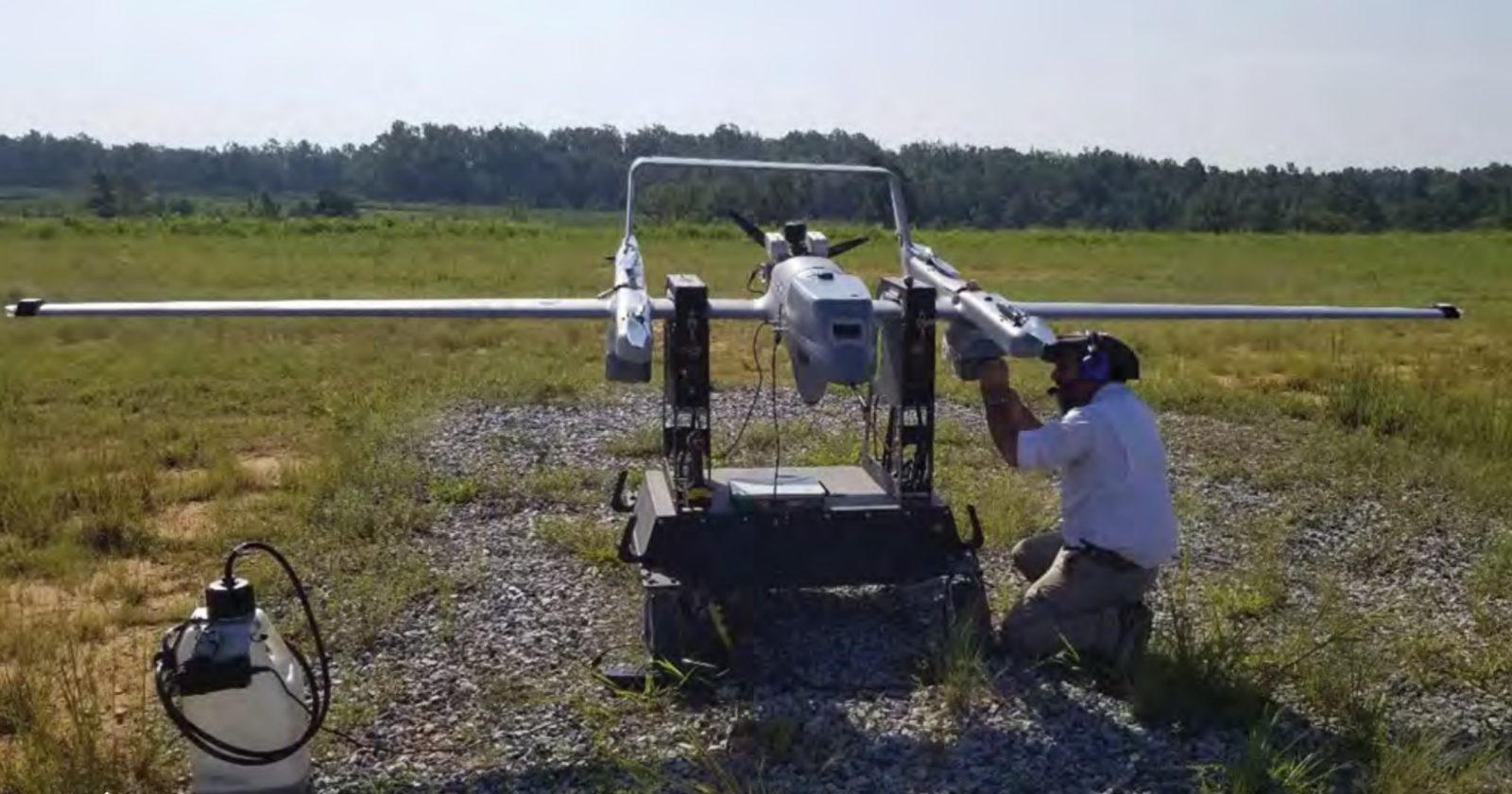
Pursuing an objective that allies in the UK’s Royal Navy are also working toward, the US Army’s Telemedicine and Advanced Technology Research Center (TATRC) is developing an autonomous drone designed to transport blood transfusion reserves and other critical medical supplies to treat injured troops in combat situations.
Logically (though somewhat queasily) named “Project Crimson,” the TATRC is working on the specialized drone to haul up to 20 lbs., or eight units, of temperature-controlled blood over distances of as much as 40 km. The hybrid vertical takeoff and landing (VTOL) UAV is being developed to transport life-saving plasma and other medical supplies to injured soldiers in battle situations – deliveries that a TATRC newsletter perhaps too colloquially referred to as “Just-In-Time” arrivals. One certainly hopes things won’t be cut that close.
Read: FDNY explores drone deliveries of blood to first responders
The blood transport program is being overseen by TATRC’s Medical Robotics and Autonomous System (MedRAS) unit, and is using a L3Harris FVR-90 drone equipped with Near Earth Autonomy’s cutting-edge Peregrine Autonomy System. The hybrid VTOL enables flight speeds and distances covered similar to those of traditional aircraft, while also permitting vertical arrival and departure in rugged terrain.
Drones developed under TATRC’s “Project Crimson” will fly blood supplies autonomously to delivery zones using flight routes programmed prior to takeoff, and navigated by GPS. Upon arrival, onboard LIDAR and analytical programs will permit the UAV’s operating system to identify the best available area for landing. When no nearby spot is deemed operable, the UAV can lower payloads while hovering down low, or dropping cargo pods with parachutes from higher altitudes while in forward flight.
TATRC’s effort to develop its specialized drone for blood transport to combat troops is similar to work underway by the Royal Navy. Under that advancing program, UK technicians have partially overcome initial payload and distance limitations by using medium-heavy lift Malloy Aeronautics TRV-150s UAVs to increase cargo capacity to 140 lbs. and flight range to 43 miles.
Read more: Royal Navy tests drones for blood deliveries to battlefield medics
In addition to single drone scenario trials, Royal Navy planners are also testing deployment of the craft in swarms to increase likelihood of blood supplies arriving where they’re needed, despite enemy efforts to shoot craft down.
Following an impressive exhibition of the TATRC blood delivery drone last year at the Maneuver Support, Sustainment, and Protection Integration eXperiments 2021 (MSSPIX) event, MedRAS division chief Nathan Fisher said commitment to the project and its potential impact was key to its swift progress.
“Throughout the development of this project, we have had strong support from the operational community and capability developers, which ultimately led to the success we achieved at the
MSSPIX event,” Fisher said at the time. “All involved are eager to see this technology in the field because of its potential to contribute to future missions and save lives.”
Photo: TATRRC Talk
FTC: We use income earning auto affiliate links. More.


Comments